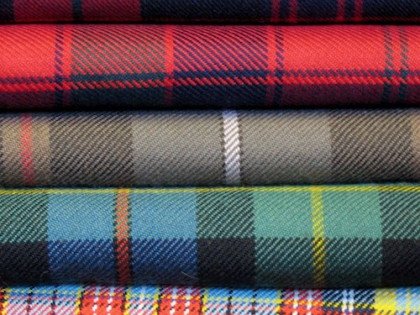Forgetting that the staple sweetener in eliquid manufacturing is Ethyl maltol, the researchers examined simple and complex sugars derived from sugar, honey and caramel. They believe these “are commonly used to impart a sweet flavour to ECIG liquids.”
So, the team sought to investigate the potential for sugar additives to thermally degrade when heated by a coil, producing toxic compounds like aldehydes and furans. In particular, they looked for the presence of 5-hydroxymethylfurfural (HMF) and furfural (FA).
They tested liquids they made themselves, “by mixing aqueous sucrose, glucose or sorbitol solutions to a 70/30 propylene glycol/glycerin solution”. The liquids (that don’t resemble commercially available eliquids) were then placed in unknown atomisers at 4.3/10.8 watts and puffed by machine for 4 and 8 seconds.
Najat Saliba, the Beirut-based team leader, attempted to explain: “Furans might be produced when sugar is added to the eliquid. There are a lot of questions about toxicity that are still unanswered and so the question whether electronic cigarette is safer than tobacco cigarette remains open awaiting more investigations and findings.”
“Toxicity might be directly related to the smoker’s behaviour and choices,” added Saliba – referencing the individual choices behind equipment, liquid, wattage, wick, coil and puff duration. He is correct, individual choices do come into play but the use of sugar, honey and caramel in eliquid simply doesn’t take place.
The team concluded: “The addition of sweeteners to ECIG liquids exposes ECIG user to furans, a toxic class of compounds. Under certain conditions, the per-puff yield of HMF and FA in ECIG emissions is comparable to values reported for combustible cigarettes.”
Riccardo Polosa, pro-vape researcher in Italy, said: “Glucose, sorbitol and sucrose aren’t common ingredients in e-cigarettes and they often aren’t used in concentrations high enough to release toxic levels of furans. Obviously, e-cigarettes are not risk free, but there is a tendency to exaggerate potential health risks with little or no consideration for the emerging health benefits of these products.”
Maciej Goniewicz, an advocate of harm reduction through vaping, made a point of highlighting: “Our group has previously shown that flavourings used in e-cigarettes, may induce inhalation toxicity. However, we also found that tobacco smoke from conventional cigarettes was much more toxic as compared to e-cigarette vapours.”
Dave Cross
Journalist at POTVDave is a freelance writer; with articles on music, motorbikes, football, pop-science, vaping and tobacco harm reduction in Sounds, Melody Maker, UBG, AWoL, Bike, When Saturday Comes, Vape News Magazine, and syndicated across the Johnston Press group. He was published in an anthology of “Greatest Football Writing”, but still believes this was a mistake. Dave contributes sketches to comedy shows and used to co-host a radio sketch show. He’s worked with numerous start-ups to develop content for their websites.
Join the discussion
Parliament Fears Two
The Department for Environment, Food and Rural Affairs faced questions from a Conservative MP and, oddly, a member of the Department for Environment, Food and Rural Affairs
Harm Reduction For The Rich
The United Kingdom risks becoming a harm reduction country only for the wealthy, according to Michael Landl of the World Vapers’ Alliance
Sacrificing Health For 2p Cut
Tory Government alienates vaping voters with its mission to cut tax by an unaffordable 2p to attract voters by placing a tax on vape products in the forthcoming budget
Scotland Announces Single-Use Vape Action
A ban on the sale and supply of single-use vapes in Scotland is due to come into effect on 1 April 2025, under proposed legislation published today






-listing400.jpg)




